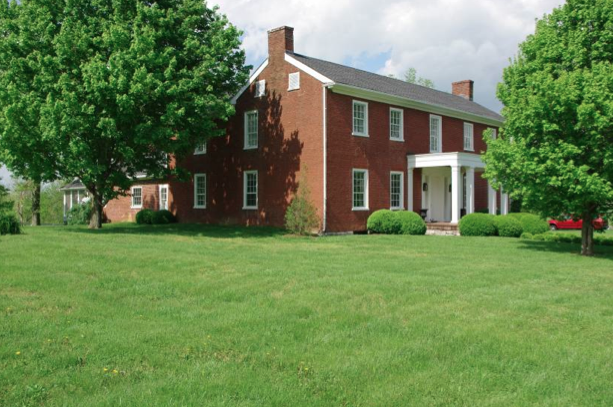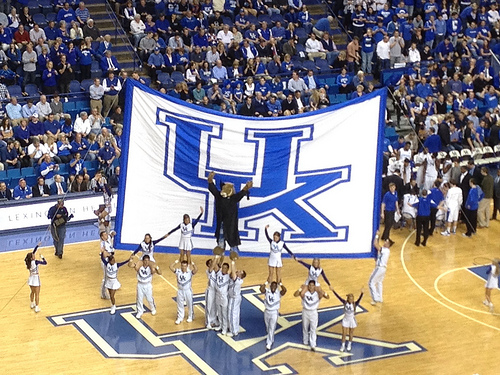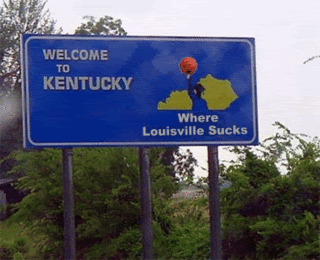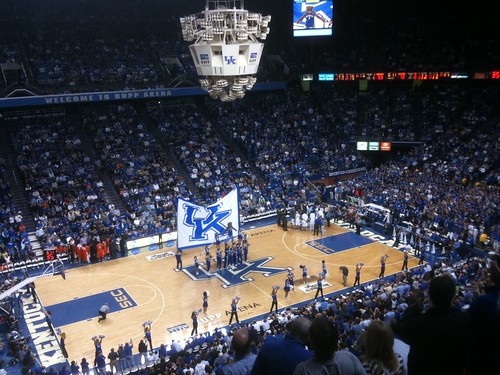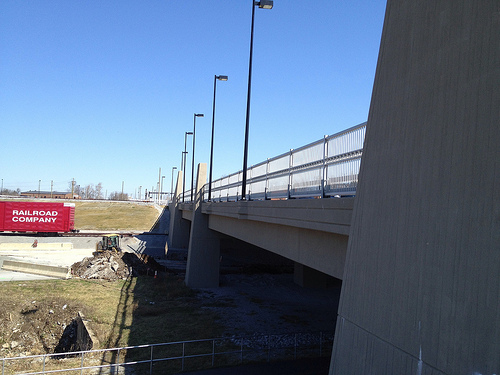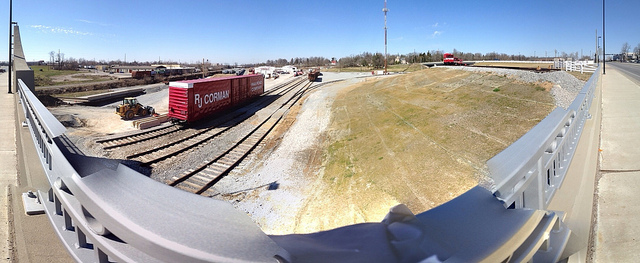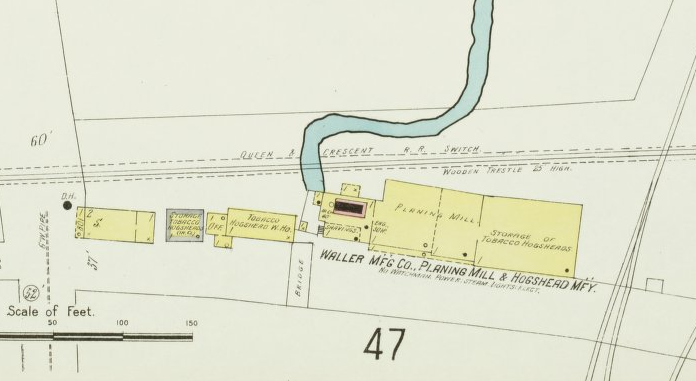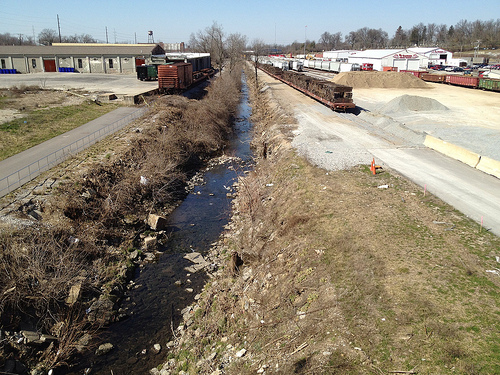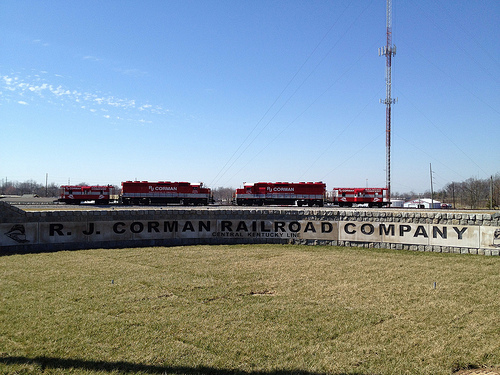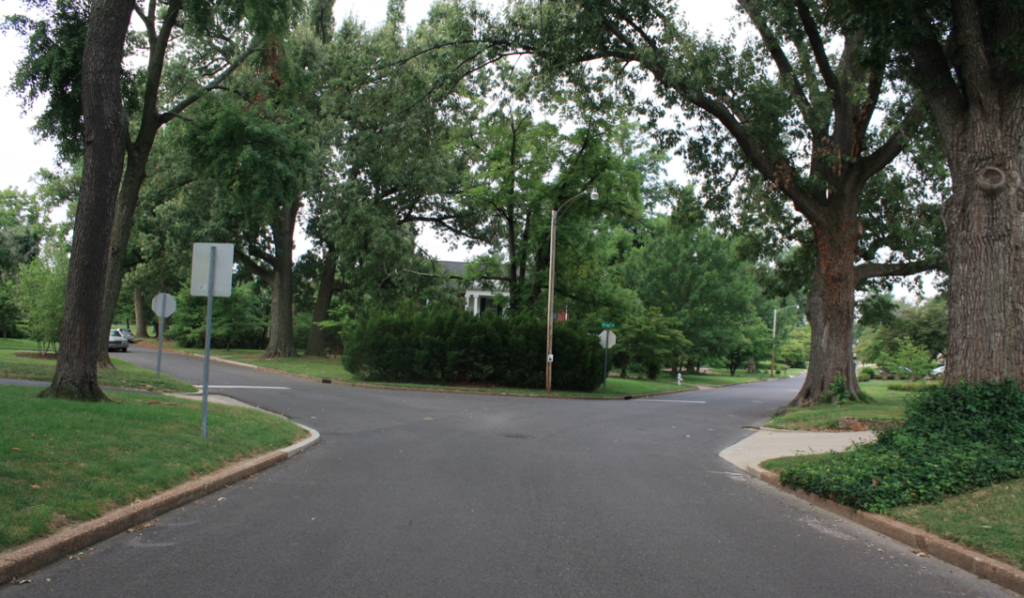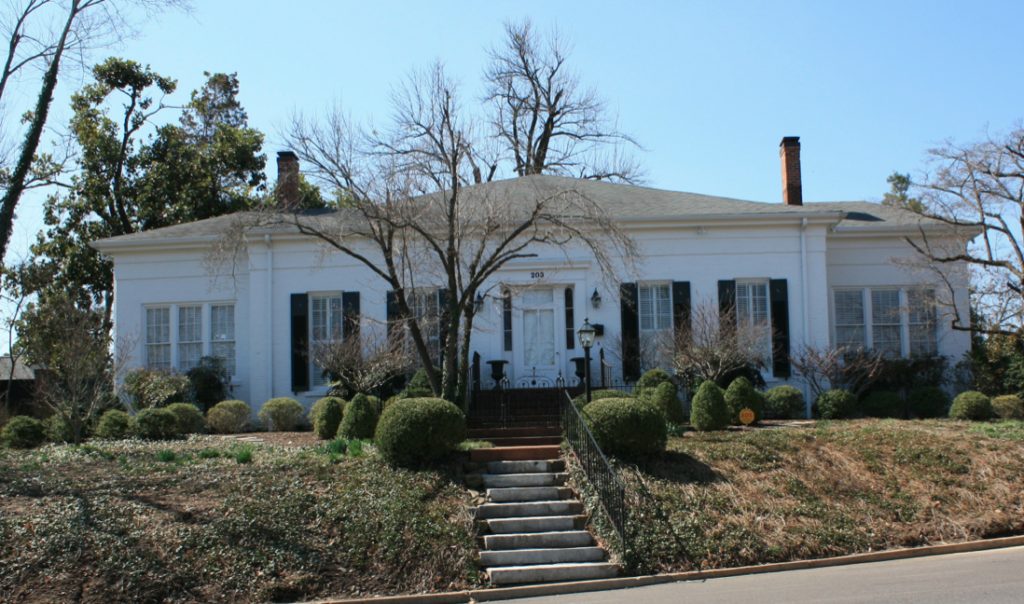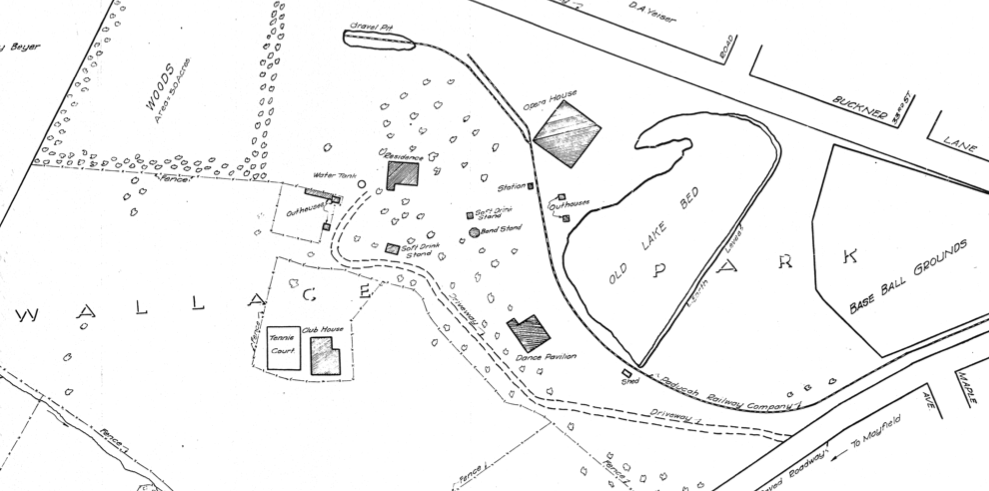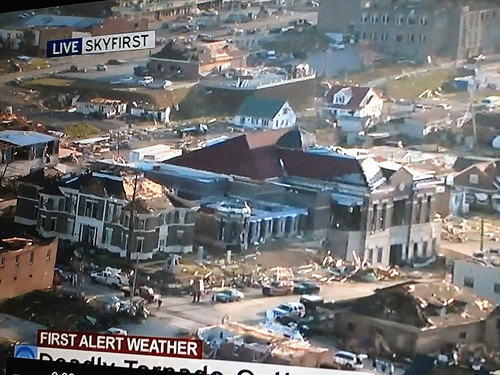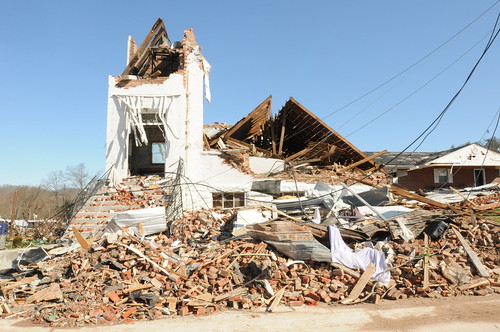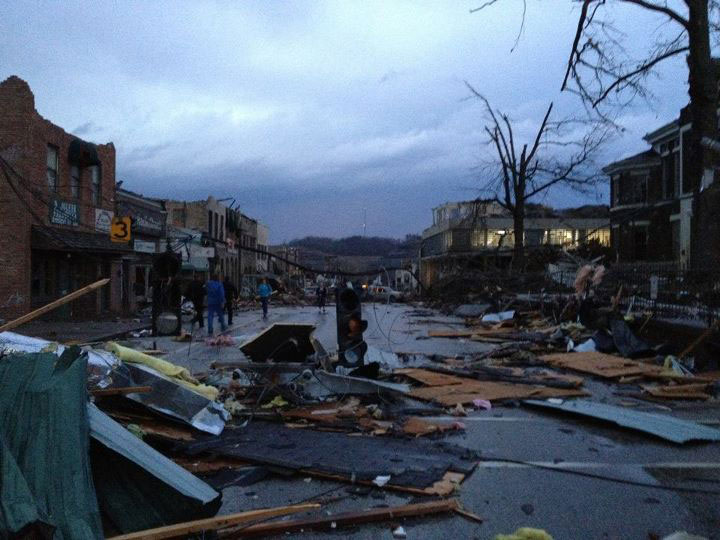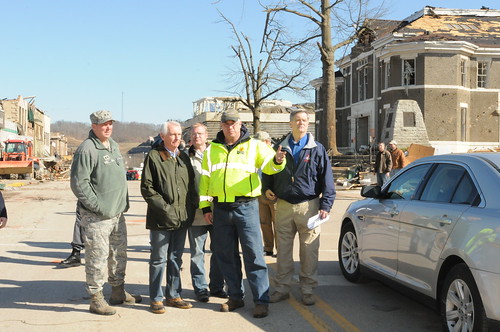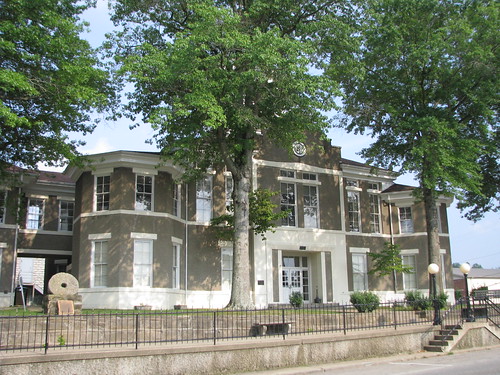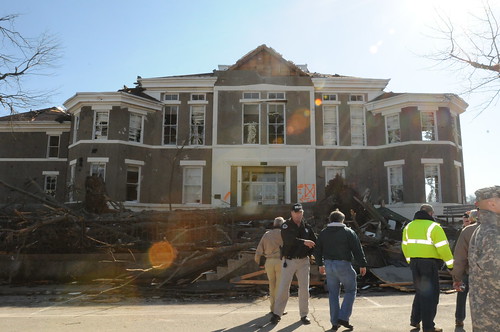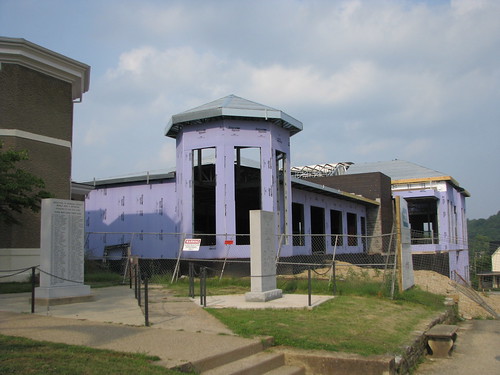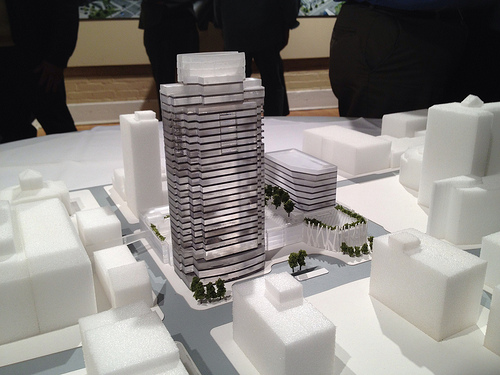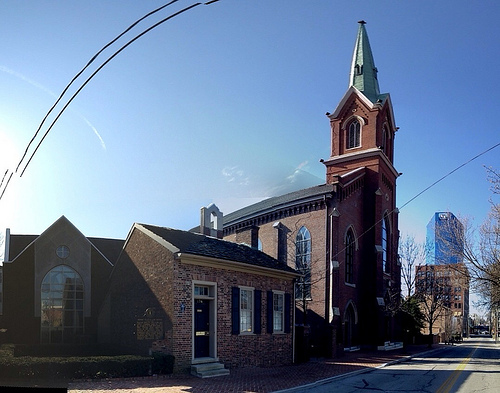 |
| First Presbyterian Church – Lexington, Ky. |
Under an old Virginia law, the city or town acting as county seat could only have a church of the Anglican persuasion within her limits. Baptists, Methodists, Presbyterians and others located their houses of worship outside of the city limits in order to circumvent the establishment law.
In 1784 Virginia, the area known as Kentucky today remained part of Virginia. Lexington had already been established as the county seat of Fayette and thus the establishment law applied here as well. Circumventing it, the people of Mount Zion Presbyterian Church established their church home beyond the city limits on a 190-acre tract in the vicinity of today’s Agriculture Experimental Station at the University of Kentucky, near the corner of South Limestone and Huguelet.
Mt. Zion counted among its members some of Lexington’s most prominent eighteenth century names: Robert Patterson and John Maxwell. By 1792, a location closer to town was sought and found by the courthouse square at Cheapside. Yet it was the same convenience and centrality which brought the Presbyterian congregation to the center of town that took it away — the noise was just too great. So in 1808, the church again relocated to the corner of Broadway and Second streets where it constructed a temporary one-story meeting house.
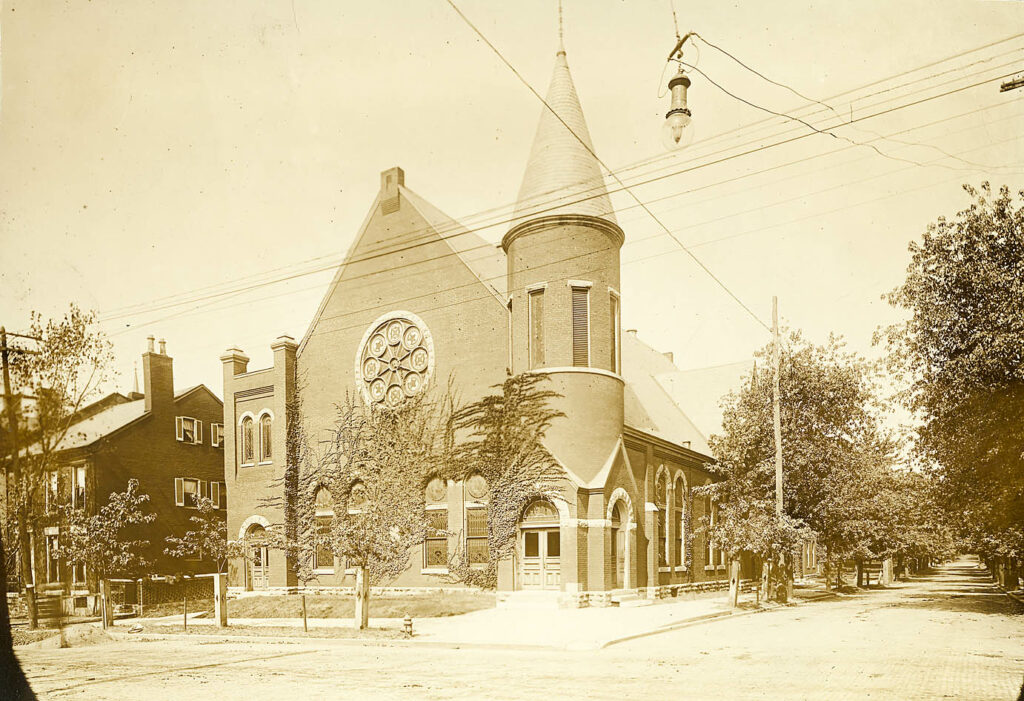 |
First Presbyterian Church, later Broadway Christian
Photo: Louis Edward Nollau (KDL) |
During an 1817 service at the old meeting house, two women visiting (but not having joined) First Presbyterian were struck and killed by lighting. The following week, another church’s minister proclaimed it a classic lesson in procrastination and urged quick heed.
Benjamin LaTrobe was contacted and consulted for the erection of a new house of worship. Plans were drawn, but the vision never completed. Instead, a two story brick church was built on the same location in 1857. When First Presbyterian (as the congregation had been remonikered) left Broadway in 1870, the incoming Broadway Christian Church took its place where the first sermon pronounced it to be the “first Christian sermon to be preached in this building.”
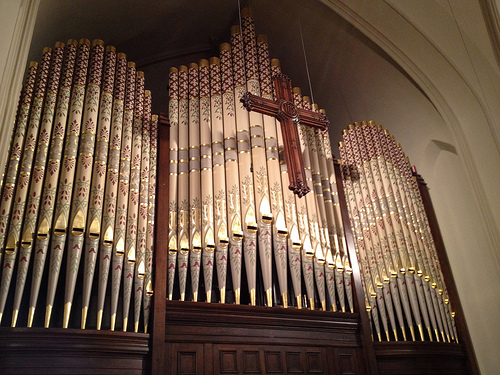 |
| Organ at First Presbyterian – Lexington Ky. |
Until the new church on Mill Street was completed in 1872, the First Presbyterian congregation met in the Melodeon Hall on Main Street. Originally four bays deep, the First Presbyterian Church on Mill Street cost approximately $338,000 to construct. It is a beautiful construction in the Gothic style and it was designed by Cincinnatus Shryock. It prominently features an eighteen foot square, 180 foot tower/spire at Mill Street while its Market Street side was added on in 1897 to add a fifth bay as well as the wonderful Kimble organ. The organ pipes were recently discovered to have been originally stenciled and this design has been reincorporated.
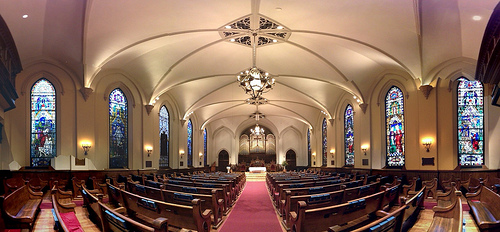 |
| First Presbyterian Church Sanctuary – Lexington, Ky. |
The ten stained glass windows are each unique and were installed over a number of years following the 1897 addition. Money for these improvements came from pew rentals, while the loose plate offerings were used for incidentals and to aide the poor.
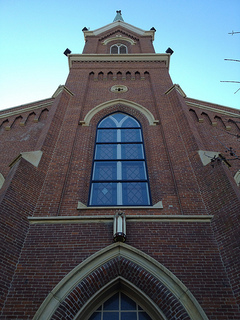 |
| First Presbyterian Church |
First Presbyterian (k/a Mt. Zion)’s first minister was Adam Rankin. A great speaker, but highly opinionated, Rankin shared his duties between the Lexington church and the Woodford County congregation as Pisgah. Controversially, he withheld communion from parishioners who liked Isaac Watts’ paraphrased hymns (the lyrics paraphrased scripture). Ultimately, the Transylvania Presbytery removed Rankin from the pulpit.
Another noted minister was Rev. Robert J. Breckinridge who was known as the “Napoleon of the Pulpit.” Serving from 1847 to 1853, Breckinridge was known for his strong favor of education. For his views, Governor Owsley (a very pro-education governor) named him Kentucky’s first superintendent of public instruction.
The Civil War found a splintering First Presbyterian Church as its members loved the Union but wanted to keep their slaves. By the end of the war, however, the split couldn’t be avoided. The suspension of habeus corpus and emancipation caused a major rift in the congregation and the congregation of Second Presbyterian. From 1866 until the 1880s, each of the two churches had two separate congregations with separate ministers with each aligning with either the northern or southern wings of the Presbyterian church.
The two wings of the Presbyterian Church were reunited in 1968 and the church remains one of Lexington’s finest. The church’s duration and functions (e.g., John Cabell Breckinridge’s 1875 funeral) have witnessed nearly all of Lexington’s storied history.
ky360: First Presbyterian Church
Flickr Photo Album of First Presbyterian Church
Sources: deTour; First Pres. Church History; KDL; NPS; NRHP
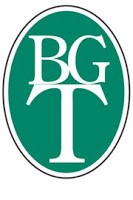
The Bluegrass Trust for Historic Preservation hosts a monthly deTour for young professionals (and the young-at-heart) to a local historic site that has been well-preserved and restored – the group meets on the first Wednesday of each month at 5:30 p.m. Details are always available on Facebook! Our next meeting is Wednesday, April 4 where we will explore the North Limestone neighborhood! Join us by meeting at Al’s Bar!! You can see Kaintuckeean write-ups on previous deTours by clicking here.
